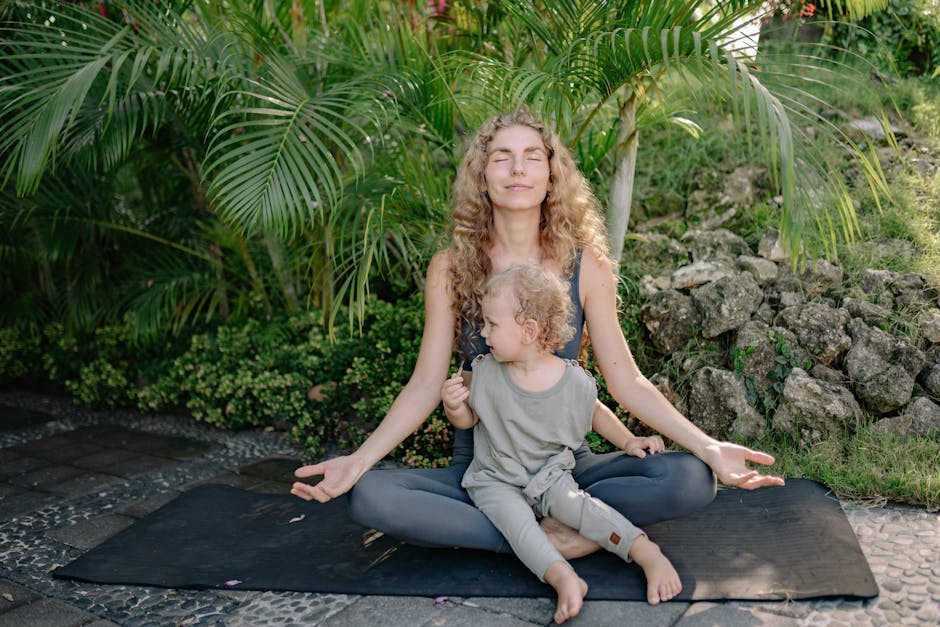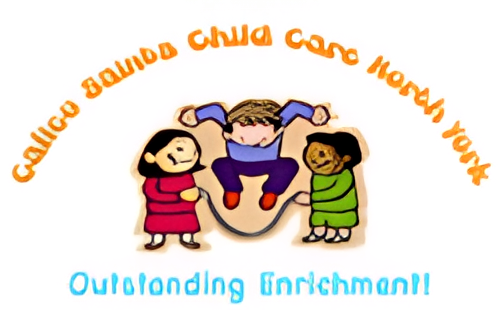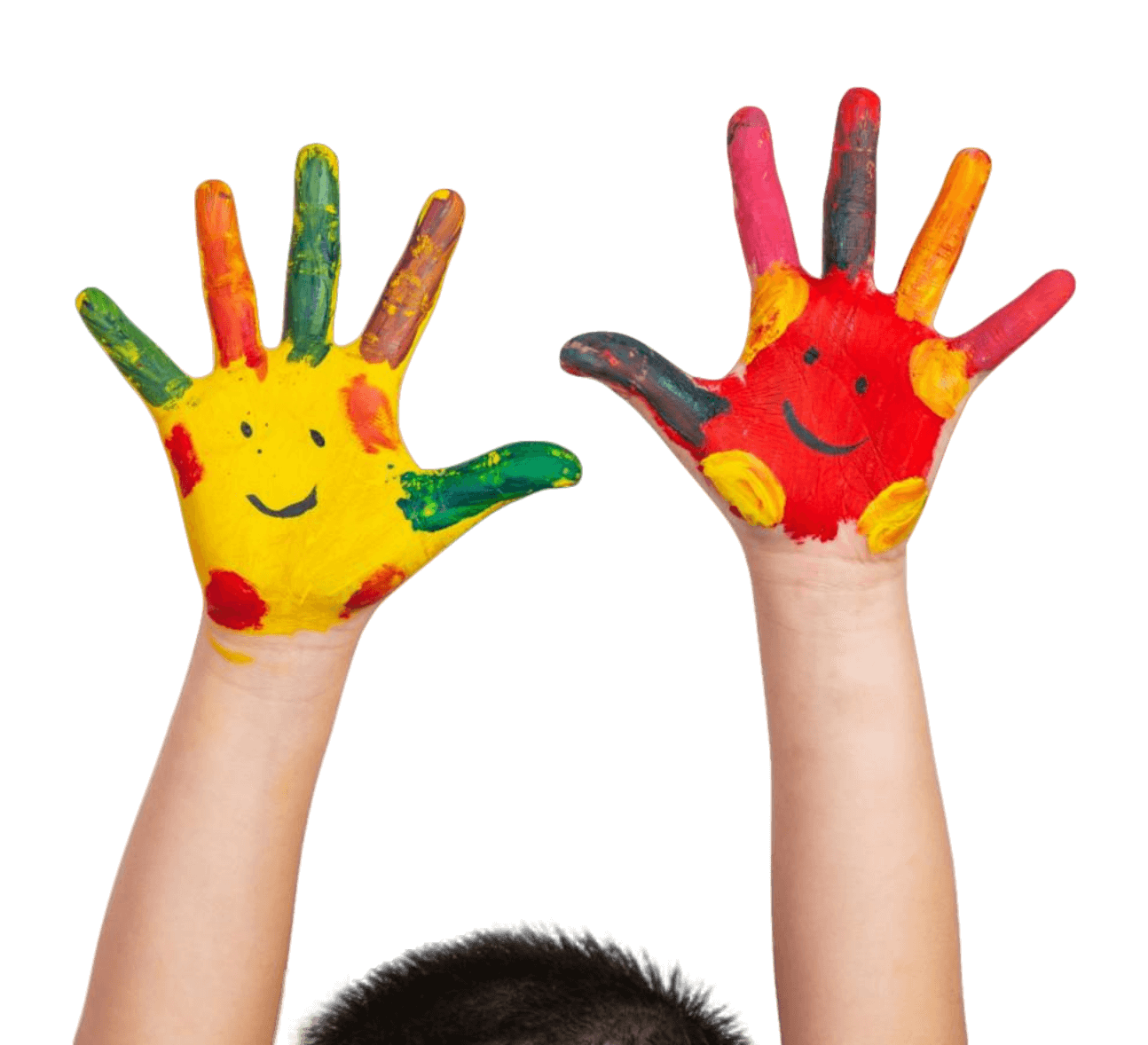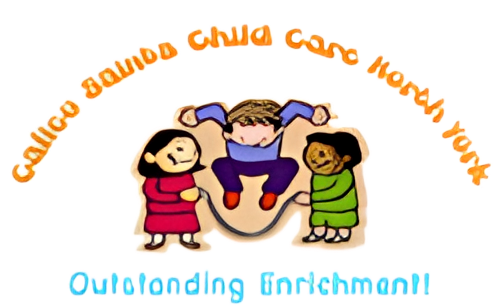Introduction to Yoga in Learning Programs
Think yoga, and you might picture someone sitting cross-legged, eyes closed, deep in meditation. But it’s not just for grown-ups or fitness gurus. Nowadays, educators are bringing yoga into classrooms, and here’s why: it’s more than bending and stretching. Yoga can boost kids’ focus, lower stress, and give them tools to manage their emotions. That’s right – no magic, just breathing, moving, and balancing. Simple yoga poses and mindful breathing exercises are being woven into learning programs, making them a dynamic duo for young minds. And don’t worry, it’s not about turning kids into mini yogis or taking over gym class. It’s about helping kids learn better. Watch how a little down dog pose or a few minutes of peaceful breathing can change the game in education. So, teachers and parents, take note because yoga might be the newest member of the teaching squad.

The Benefits of Yoga for Children’s Development
Yoga might seem like it’s all about stretching, but for kids, it’s a whole playground for growth. When children practice yoga, they are not just moving; they are building a strong foundation for their future. Here’s the deal: yoga helps kids to improve their focus and concentration – essential skills for tackling school work and beyond. It also gives them a boost in self-esteem and body awareness, so they move through the world with more confidence. Plus, it’s a fantastic stress-buster. We all know life can get a bit crazy, and yoga teaches kids early on how to ride the waves of stress with a little more ease. It keeps them limber too, promoting flexibility and coordination, so they’re less like to take a tumble off the monkey bars. And let’s not forget the social aspect – yoga can help kids learn to chill and connect with others in a peaceful, supportive environment. That’s a win for friendship skills! So really, weaving yoga into education is not just about kids getting their zen on; it’s about shaping well-rounded, resilient young people.
Identifying Challenges in Traditional Learning Programs
Traditional learning programs can sometimes miss the mark. Kids are often stuck in chairs, bombarded with facts, which can lead to boredom and stress. It’s like trying to fit square pegs into round holes; not every child learns the same way. Standard methods lean heavily on memorization and passive listening, which might stifle creativity and critical thinking. In a world that’s always changing, kids need to adapt, think on their feet, and embrace new challenges. But when they’re just absorbing information without real engagement, are we really preparing them for the future? It’s a one-size-fits-all approach that doesn’t consider each child’s unique spark. That’s why shaking things up with yoga might just be the game-changer education needs.
How Yoga Enhances Concentration and Memory in Students
Bringing yoga into the classroom isn’t just about stretching, it directly sharpens kids’ minds. When students practice yoga, they learn to focus on their breathing and become more aware of their bodies. This mindfulness can translate to better concentration on their schoolwork. It’s like building mental muscle – as they balance in a tree pose, they’re also training their brains to juggle algebra. Research says mindfulness activities like yoga improve memory retention, which means those facts and formulas stick around for test day. So, it’s not just about being calm and bendy – yoga’s making these students sharper and ready to tackle their lessons head-on.
Structuring a Yoga-Inclusive Curriculum for Young Learners
Creating a curriculum that includes yoga for kids is straightforward—you aim for balance. Think of yoga as the strong backbone of your day-to-day lesson plans. Start with short sessions; even 10 minutes can work wonders. Sprinkle these yoga breaks between academic learning. Over time, observe and adjust. Which poses do the children enjoy? Do the breathing exercises help them focus? Use these insights to develop your curriculum. Remember, it’s not about mastering tricky postures. It’s about building a foundation for healthy minds and bodies. With consistency, these yoga moments can foster concentration, body awareness, and inner peace in the young ones. Keep it simple and watch them thrive.
Age-Appropriate Yoga Practices for Different Learning Stages
At each learning stage, kids need movements that match their developmental needs. For the tiny tots in preschool, yoga’s all about play and imagination. We’re talking simple poses and lots of games that help them learn about their bodies. As they get a bit older, in elementary school, the game changes. Yoga can then bring in stories and more complex moves that challenge their balance and concentration. Come middle school, and we step it up. Yoga practices can start to link with their academics, supporting better focus and stress relief during those tough tween years. High school students? They’re ready to dive deeper. Here, yoga can become a tool for personal growth, offering challenging poses that boost confidence and techniques to deal with the pressure. Each stage is different, so we keep the yoga real and right for their age, no forcing one-size-fits-all moves.
Training Educators to Incorporate Yoga into Daily Lessons
When schools plan to integrate yoga into learning programs, the first step is to make sure educators are up to speed. They need to learn not just the yoga poses, but also how to connect them to daily lessons. Good training equips teachers with methods to seamlessly blend yoga into the curriculum, making it a natural extension of their teaching toolkit. For instance, during a history lesson on ancient civilizations, teachers might introduce yoga poses that originated in those times, giving children a kinesthetic learning experience. Or in math class, children could practice balance and focus exercises to prime their brains for problem-solving. Effective training will make it easier for teachers to motivate kids to participate, too, because when educators are enthusiastic about what they’re teaching, children pick up on that energy. Remember, it’s all about helping kids connect with the material in a meaningful, engaging way.
Case Studies: Successful Yoga Integration in Schools
Kids today deal with a lot of stress, and schools are catching on that yoga might be a good way to help. In fact, there’s solid evidence that when schools weave yoga into their day-to-day, students benefit big time. Check this out: A school out in California decided to put yoga into their curriculum. What happened? The kids got better at focusing, even the super fidgety ones, and everyone seemed to feel more chilled out. Teachers said that the whole vibe in the classroom got way better too. Another study looked at a school over in the UK. After they started doing yoga, the students felt less anxious and their behavior improved. Plus, they even got along with each other better. Getting kids to do yogic breathing and stretching isn’t just a fun break from their desks. It’s setting them up to handle stress and teaching them how to be more mindful. That’s skills they can use for life, not just in the classroom. So, making yoga a normal part of school isn’t some trendy phase – it’s a smart move for education.
Overcoming Hesitations: Addressing Concerns of Parents and Educators
Some parents and educators might worry about weaving yoga into learning programs for kids. They often think, “Is it really useful?” or wonder if it takes time away from core subjects. But listen, yoga’s not just about stretching; it can actually sharpen the kids’ focus and calm their minds, making it easier for them to grasp their lessons. Plus, it teaches them early on about managing stress and being mindful. These are skills they’ll use for life, not just in the classroom. As for taking up class time, a short session can be enough to see benefits. It’s about quality, not quantity. Schools have started embracing holistic education, and yoga fits right in, supporting the physical, mental, and emotional growth of children. It’s a classic case of trying something new to spark positive change. So, let’s not sideline yoga based on old assumptions—give it a shot. The kids might just surprise you with their improved attention, behavior, and perhaps even better grades.
Moving Forward: The Future of Yoga in Education Systems
Yoga isn’t just for adults, you know. Kids can get a lot out of it too, and that’s why schools are now peeking over the fence and checking out yoga as a serious player in education. It’s not just about the downward dog or standing tree; yoga wraps in benefits like better focus, stress management, and even getting along with others, which—you guessed it—translates into better learners. So, looking ahead, we’re talking less wiggle, more zen in classrooms across the map. There’s a good chance that yoga mats will roll out next to desks and books, making ‘mindfulness’ the new multiplication table of the future. Remember, it’s not just about touching toes; it’s about expanding minds. And that’s how yoga might just bend the way we think about education forever. Keep your eyes peeled; there’s a wave of namaste headed to a school near you.




